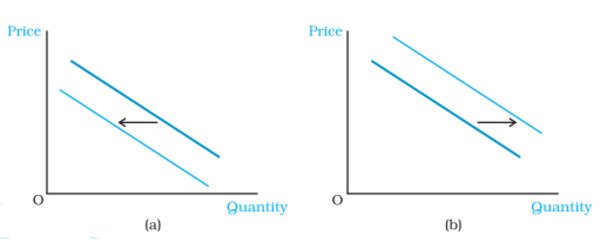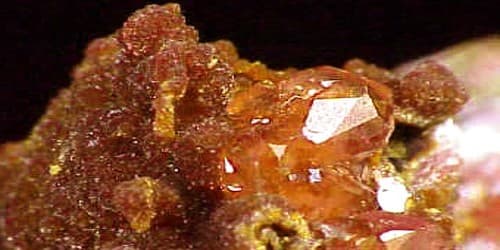When a demand determinant other than price changes, the demand curve shifts. It happens when the demand for goods and services changes but the price does not. A shift in a product’s demand curve has an immediate and long-term impact on its price and quantity demanded. When people’s incomes rise, they can buy more of whatever they want. In the short term, the price will remain constant while the number of units sold will increase.
The demand curve was created with the assumption that the consumer’s income, other goods prices, and preferences are all known. What happens to the demand curve if any of these variables shift? Given the prices of other goods and the preferences of a consumer, increasing income changes the demand for the good at each price, resulting in a shift in the demand curve. The demand curve shifts to the right for normal goods and to the left for inferior goods.
Given the consumer’s income and his preferences, if the price of a related good change, the demand for a good at each level of its price changes, and hence, there is a shift in the demand curve. If there is an increase in the price of a substitute good, the demand curve shifts rightward. On the other hand, if there is an increase in the price of a complementary good, the demand curve shifts leftward.

The demand curve can also shift due to changes in consumer tastes and preferences. When a consumer’s preferences shift in favor of a good, the demand curve for that good shifts to the right. The demand curve, on the other hand, shifts leftward due to an unfavorable change in consumer preferences. The demand curve for ice cream, for example, is likely to shift rightward in the summer as ice cream preference rises. The discovery that cold drinks may be harmful to one’s health can have a negative impact on one’s preference for cold drinks. This is likely to cause a shift to the left in the demand curve for cold drinks.
Shifts in the demand curve are depicted in Figure 2.16. It may be mentioned that a shift in the demand curve takes place when there is a change in some factor, other than the price of the commodity.
Following a change in an underlying demand determinant, the position of the demand curve will shift to the left or right. A shift to the right in the demand curve indicates an increase in demand. This could be due to a variety of factors, such as an increase in income, an increase in the price of a substitute, or a decrease in the price of a complement.
When a demand determinant other than price changes, the demand curve shifts. Following a change in an underlying demand determinant other than price, the position of the demand curve will shift to the left or right. Any change that increases the number of goods that buyers want to buy at a given price causes the demand curve to shift to the right. Any change that reduces the number of goods that buyers want to buy at a given price shift the demand curve to the left.
















